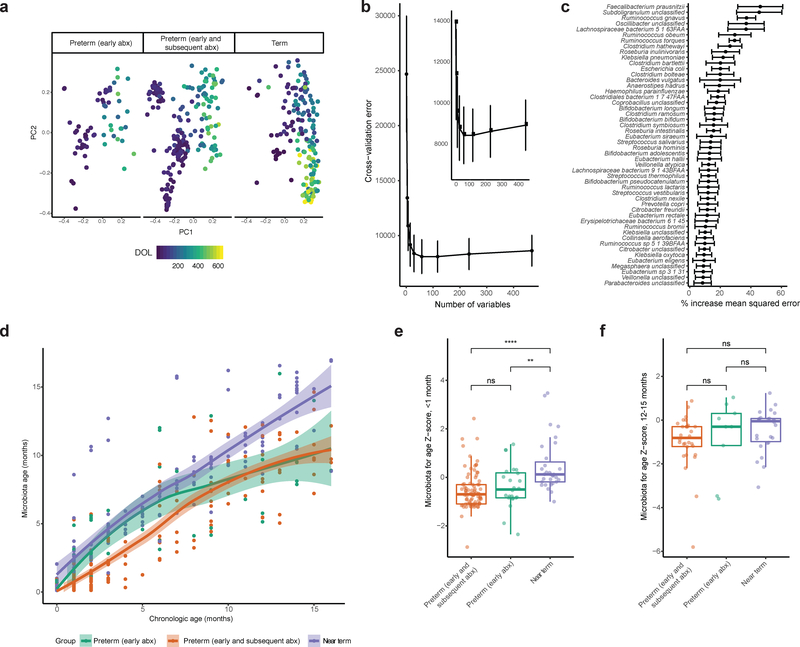Figure 2 |. Partial architectural recovery of preterm infant gut microbiota following discharge from NICU.
a, Microbiota composition is distinct between near-term infants, preterm infants with early only antibiotic treatment, and preterm infants with early and subsequent antibiotic treatment (Bray-Curtis, p<0.001, Adonis, n=437 samples), but chronological day of life (DOL) is a major driver of microbiota composition. b, Fivefold cross-validation indicates that 50 variables are sufficient for random forests prediction of chronological age of near-term infants based on microbiota composition. Inset details vertex. Points indicate mean and error bars indicate s.e. computed over 100 iterations. c, The 50 most informative predictors to the random forests model. These species were included in a sparse model. Points indicate mean and error bars indicate s.e. computed over 100 iterations. d, The sparse random forests model accurately predicts near-term infant chronological age, but preterm infant chronological age is predicted to be less than actual age across numerous stages of development. Curves are loess regression fit to each group and shading depicts 95% confidence interval, n=437 samples. e, Preterm infant microbiota for age Z-score (MAZ) is significantly lower than that of near-term infants in the first month of life, indicating early microbiota immaturity (** p<0.01, **** p<0.0001, two-sided Wilcoxon, n=140 samples). f, Preterm infant MAZ is statistically indistinguishable from near-term infant by 12–15 months of life, indicating resolution of microbiota immaturity by this time point (p>0.05, two-sided Wilcoxon, n=65 samples). Box plots represent the first quartile, median, and third quartile of the data with whiskers extending to the last data point within 1.5× the interquartile range.

